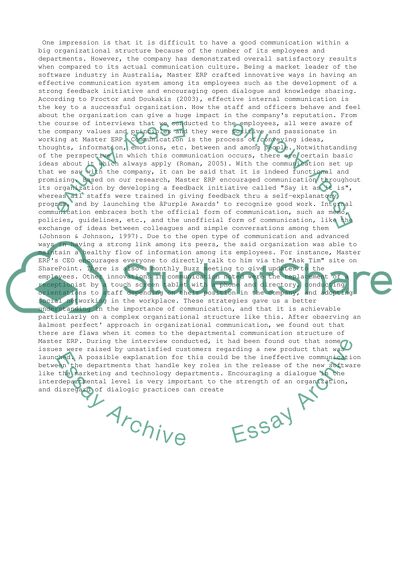Cite this document
(“Reflections on the Role of Communication in Contemporary Organization Essay”, n.d.)
Reflections on the Role of Communication in Contemporary Organization Essay. Retrieved from https://studentshare.org/management/1452489-reflective-paper
Reflections on the Role of Communication in Contemporary Organization Essay. Retrieved from https://studentshare.org/management/1452489-reflective-paper
(Reflections on the Role of Communication in Contemporary Organization Essay)
Reflections on the Role of Communication in Contemporary Organization Essay. https://studentshare.org/management/1452489-reflective-paper.
Reflections on the Role of Communication in Contemporary Organization Essay. https://studentshare.org/management/1452489-reflective-paper.
“Reflections on the Role of Communication in Contemporary Organization Essay”, n.d. https://studentshare.org/management/1452489-reflective-paper.


